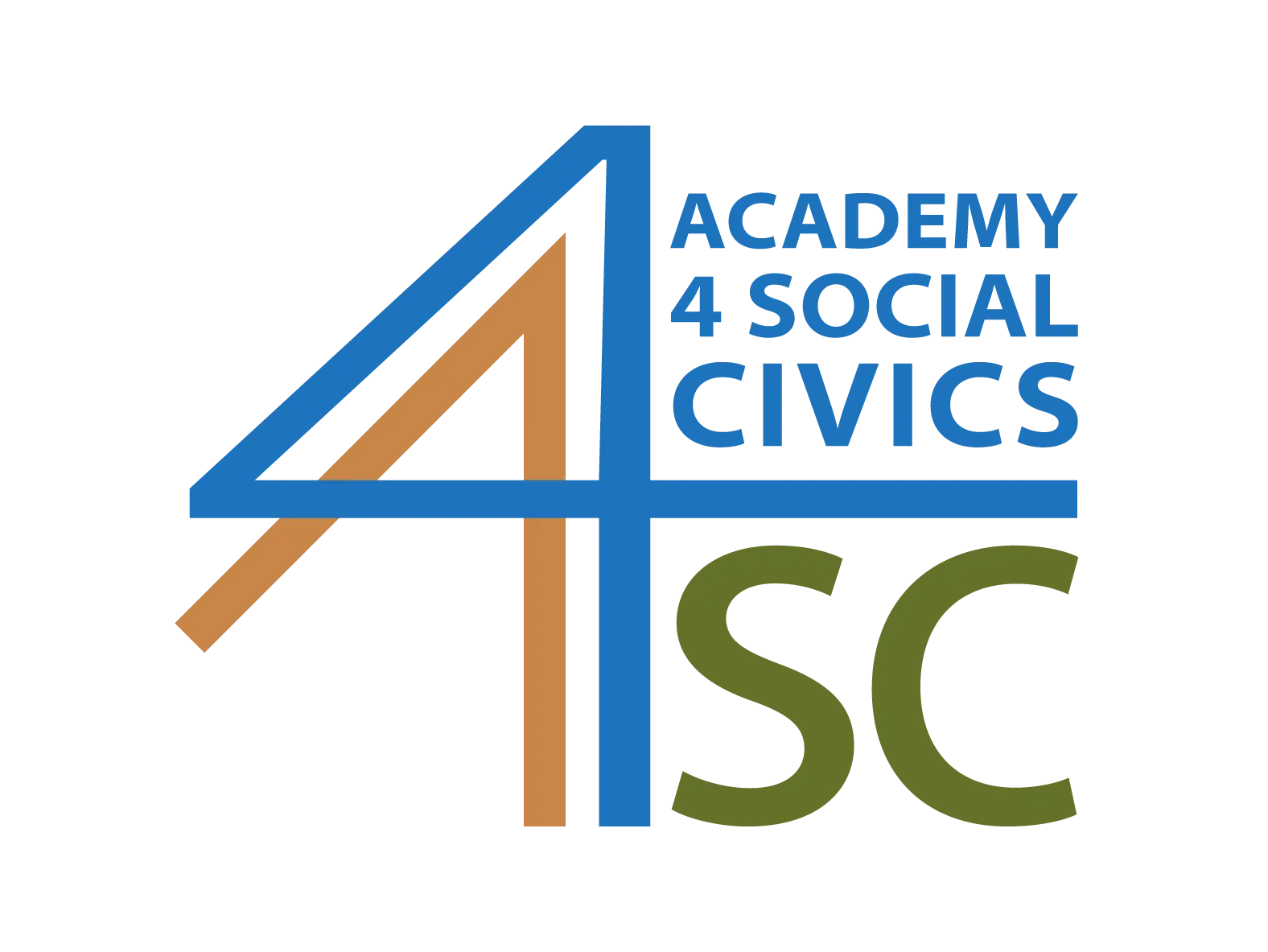Introduction
A protest is defined as “an event or action where people gather with others to publicly express their opinions about something that is happening in society” (ADL). Protests are carried out with a variety of goals in mind, but protesters are ultimately demanding change. The United States has a long history of protests, considering our country itself resulting from a large protest movement, and the youth have often been at the forefront of these protests. The First Amendment to the Constitution gives citizens the right to join together in public places – the Amendment’s text calls this “the right of the people peaceably to assemble.” The First Amendment also protects people’s freedom of speech, so protestors may voice their opinions publicly. Protests will typically be allowed unless they are likely to cause riots, interfere with traffic, or threaten public safety in some way.
A4SC Resources
The below resources include relevant videos and lesson plans from our content library that will help contextualize this current event within broader, more enduring, concepts.
First Amendment – An overview of each of the protected rights in the First Amendment
Sons and Daughters of Liberty – The history of the US includes many effective protests, including during Colonial times. Protests by these groups ultimately led to the American Revolution.
Bloody Sunday – This famous 1965 protest march began peacefully and ended in police brutality. People who saw footage of this were surprised and shocked, bringing attention to the cause of voting rights in the South.
Tinker v. Des Moines (1969) – The Tinker v. Des Moines Supreme Court case focused on students’ freedom of speech, specifically related to a symbolic protest.
Discussion Questions
- Have you ever felt compelled to protest or participate in a demonstration? If so, what motivated you? If not, what factors might prevent you?
- When a protest turns violent, who do you believe is primarily responsible for the escalation, and why?
- What are your personal thoughts on the effectiveness of peaceful protest versus other methods in achieving social or political change? (For example, voting, running for office, or even more direct / forceful methods?)
Activity
The First Amendment protects the right to peaceful protest. How do protestors plan ahead to get their message across in a peaceful manner? What might community members and authorities be concerned about when thinking about an upcoming protest?
Divide your small group into two sub-groups: “Protesters” and “Community Members/Authorities.” Create a brief, hypothetical scenario for a local protest (e.g., protesting a new development, demanding better school funding). The “Protesters” plan their peaceful demonstration, outlining their message and tactics. The “Community Members/Authorities” discuss their practical concerns about the protest and how they would prepare for it to remain peaceful while allowing expression. Share your plans and discuss potential friction points.
Additional Resources
- ACLU. (2024). Know Your Rights | Protesters’ rights. American Civil Liberties Union. https://www.aclu.org/know-your-rights/protesters-rights
- Anti-Bias Education. (2020, June 12). The purpose and power of protest. ADL.org. https://www.adl.org/resources/tools-and-strategies/purpose-and-power-protest
- Perry, A., & Romer, C. (2020, August 28). Protesting is as important as voting. Brookings. https://www.brookings.edu/articles/protesting-is-as-important-as-voting/
- Tufekci, Z. (2020, June 24). Do Protests Even Work? The Atlantic; The Atlantic. https://www.theatlantic.com/technology/archive/2020/06/why-protests-work/613420/
Keep Learning with A4SC
At A4SC, we empower students through interdisciplinary curricula to become informed, compassionate, and action-oriented leaders who are capable of addressing the pressing challenges of today and tomorrow. Keep exploring our library of 400+ videos.
